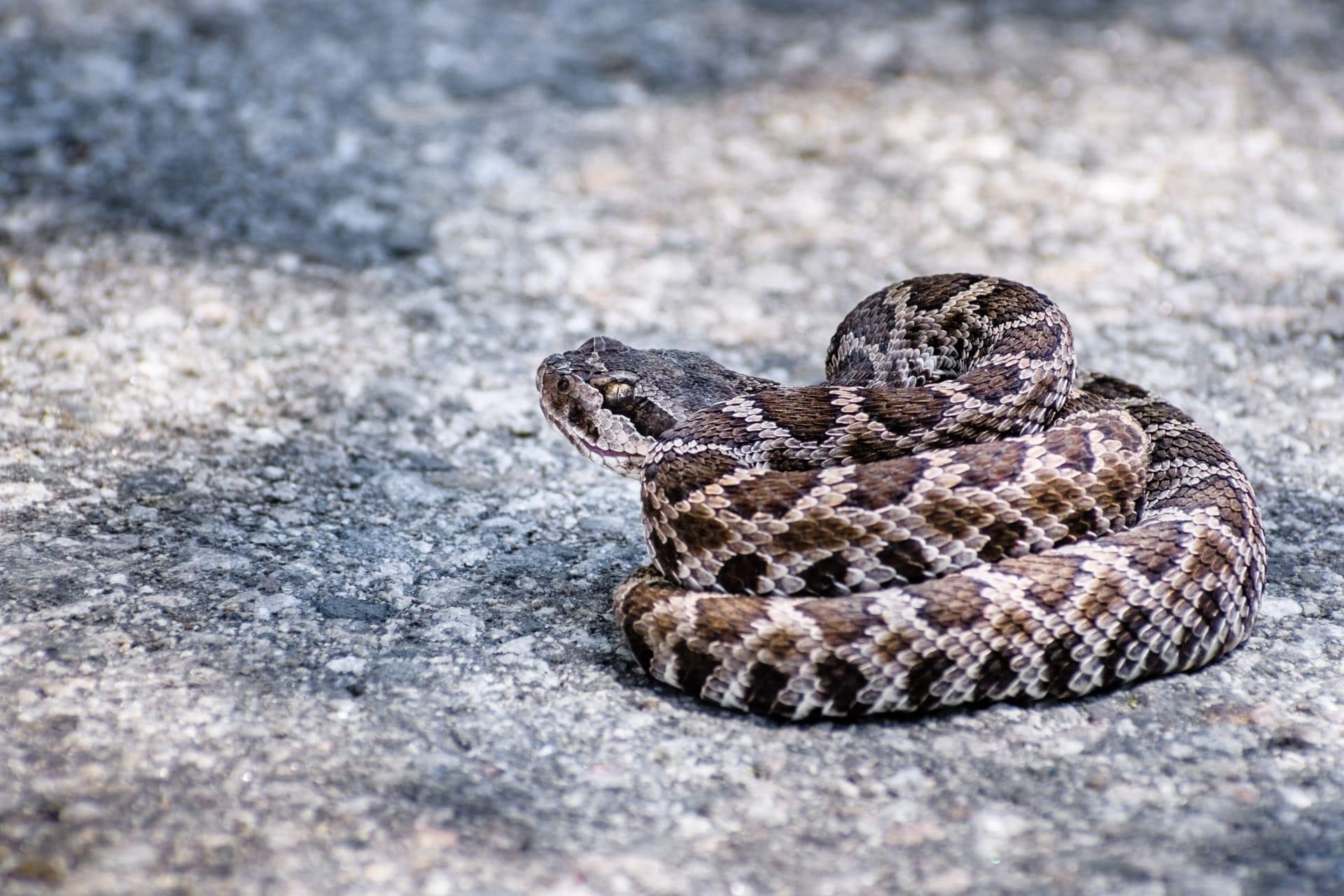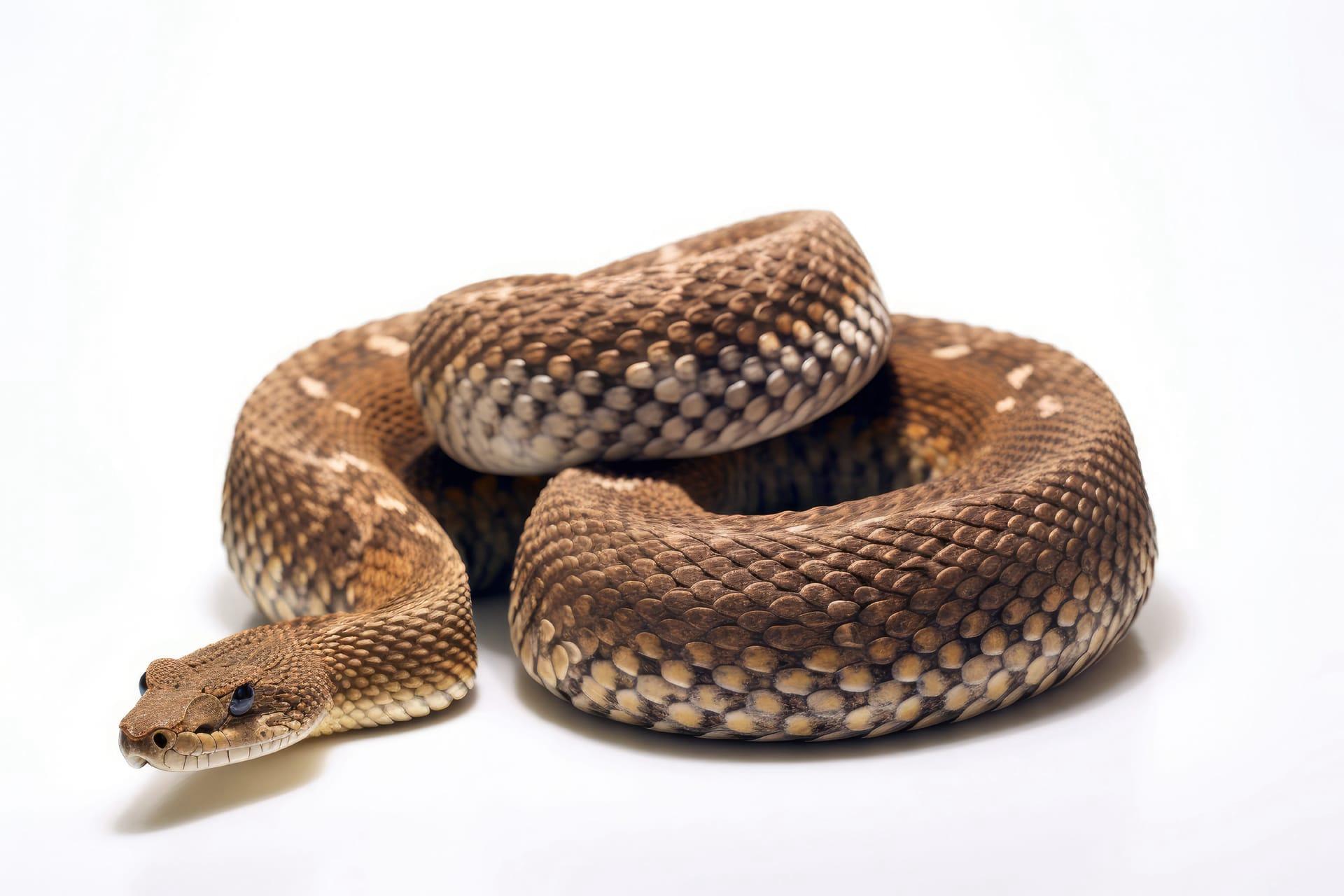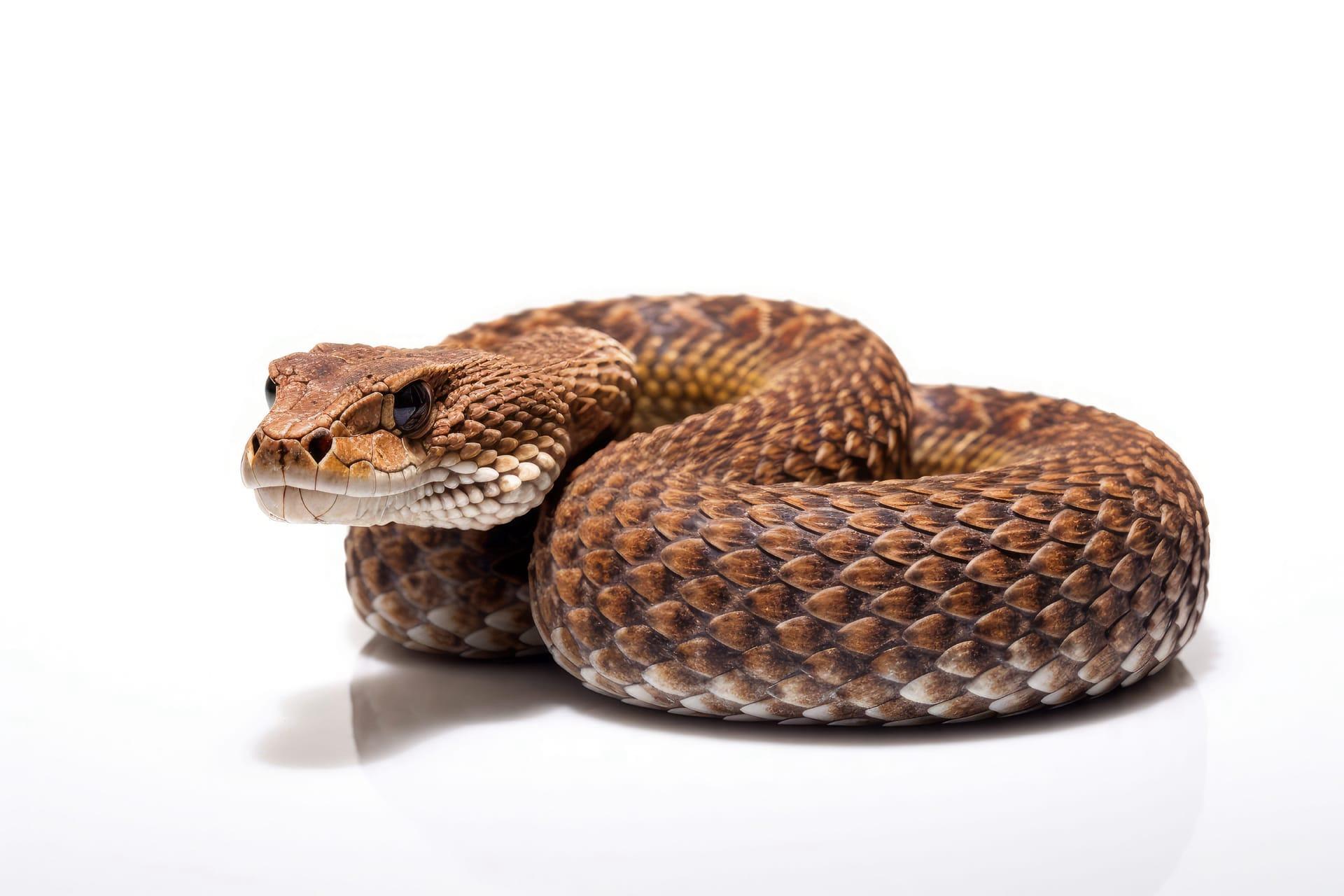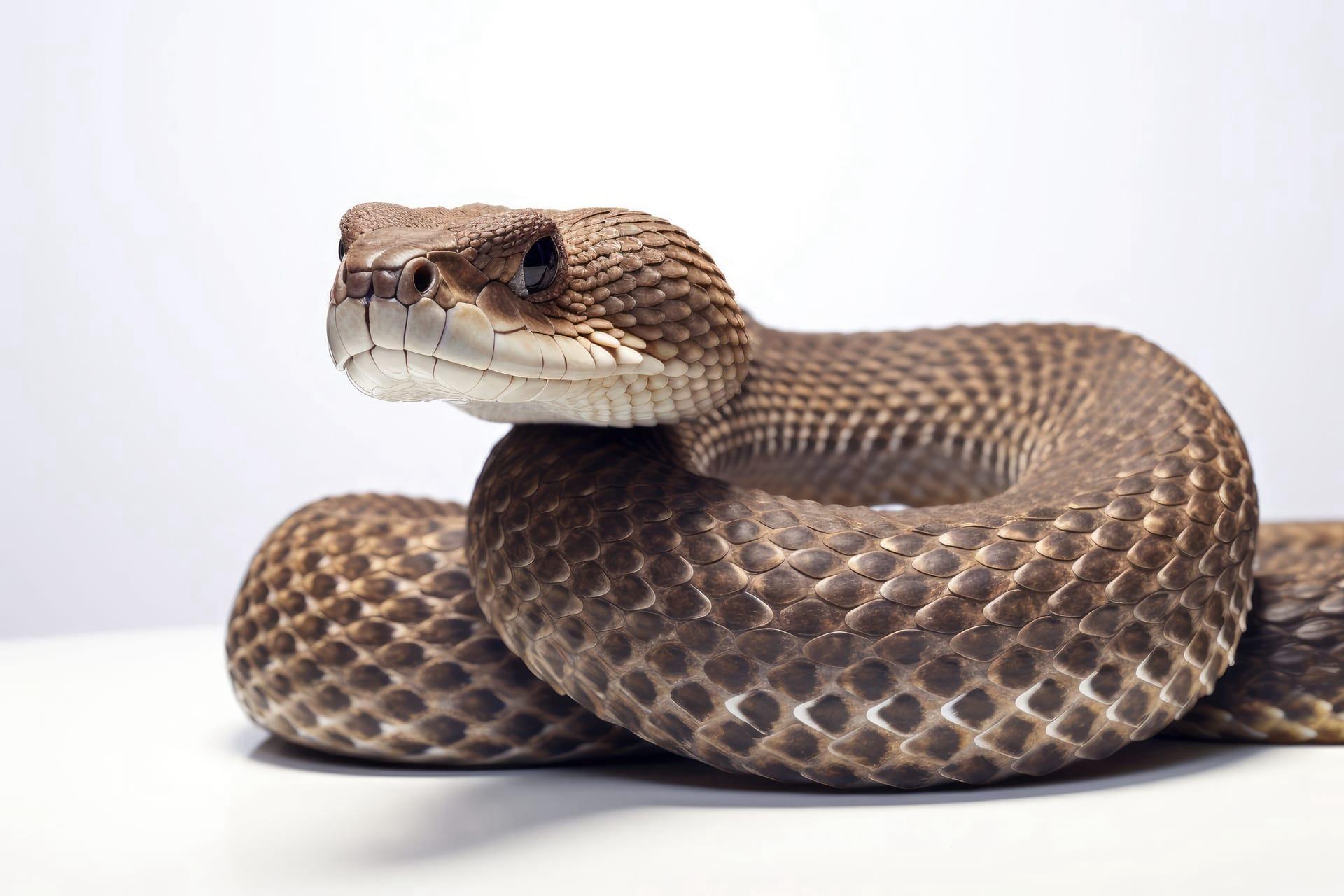1
Diamondback rattlesnakes, known for their iconic diamond-patterned skin, are not just visually striking but also remarkable for their size. These snakes are among the largest rattlesnakes in the world. A fully grown Eastern diamondback can reach up to 8 feet (2.4 meters) in length, making them the longest venomous snake in North America. However, the average size is typically around 5.5 to 6.5 feet (1.67 to 1.98 meters). Their size is not just for show; it plays a crucial role in their hunting strategy, allowing them to tackle larger prey like rabbits and even turkeys.
Diamondback rattlesnakes possess a highly efficient venom delivery system. Their fangs, which can be up to an inch (2.5 cm) long, work like hypodermic needles. These fangs are retractable and only extend when the snake bites. The venom is a potent cocktail of enzymes and proteins, specifically designed to immobilize and digest prey from the inside. Interestingly, the amount of venom injected is controlled by the snake, and dry bites (bites where no venom is injected) are common in defensive situations.

2
The rattles on a diamondback are unique, each segment added every time the snake sheds its skin, which can occur several times a year. This growth pattern means the number of rattles isn’t an accurate indicator of age, as is commonly believed. Instead, it reflects how many times the snake has shed. The rattle is made of keratin, the same material as human fingernails, and works by the segments clicking against each other to produce the distinctive warning sound.
Another fascinating aspect of diamondback rattlesnakes is their thermoregulation behavior. They are ectothermic, meaning they rely on external sources to regulate their body temperature. To achieve this, they bask in the sun to warm up and retreat to shaded or cooler areas to cool down. This behavior is not just about comfort; it’s essential for their survival, affecting their digestion, movement, and overall energy levels. During extreme temperatures, they may retreat into burrows or under rocks, showing a remarkable ability to adapt to their environment.

3
Diamondback rattlesnakes have a unique hunting technique known as ambush predation. They can remain motionless and camouflaged for extended periods, waiting patiently for unsuspecting prey to come within striking distance. This method of hunting is highly effective and conserves energy, making it ideal for a large, heavy-bodied snake. Once the prey is within range, the snake strikes with lightning speed, injecting venom to immobilize it before consumption.
Communication among diamondback rattlesnakes is also quite intriguing. Apart from the well-known rattling sound used as a warning, these snakes use body language and pheromones for communication. During mating season, males engage in ritualized combat dances to establish dominance and win the right to mate. These dances involve intertwining their bodies and wrestling, often mistaken for cooperative behavior by onlookers.

4
Diamondback rattlesnakes exhibit fascinating parental behavior. Unlike many reptiles, female diamondbacks provide some degree of parental care. They give birth to live young, known as neonates, and may stay with their brood for a short period after birth. This behavior provides some protection to the vulnerable young snakes, who are born fully equipped with venom and fangs, ready to fend for themselves.
Adaptability is a key trait of diamondback rattlesnakes. They inhabit a variety of environments, from dry, sandy plains to forested areas and even marshes. This adaptability is evident in their diet, which is diverse and includes small mammals, birds, and even other reptiles. Their ability to thrive in different habitats has made them a resilient species, though they still face threats from habitat loss and human conflict.

5
The sensory capabilities of diamondback rattlesnakes are extraordinary. They have heat-sensing pits located between their eyes and nostrils, allowing them to detect minute temperature differences. This ability enables them to accurately locate warm-blooded prey, even in complete darkness. These heat sensors are so precise that a rattlesnake can detect a temperature change of just a fraction of a degree.
The conservation status of diamondback rattlesnakes is a topic of interest. While they are often feared and misunderstood, they play a crucial role in the ecosystem as apex predators. They help control populations of rodents and other small animals, which can become pests. Conservation efforts are important to maintain the balance in ecosystems where these snakes reside. Currently, they are not listed as endangered, but habitat destruction and indiscriminate killing pose significant threats to their populations.